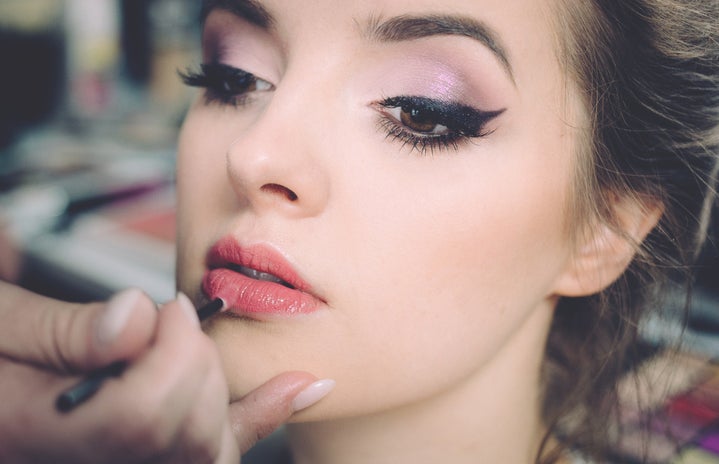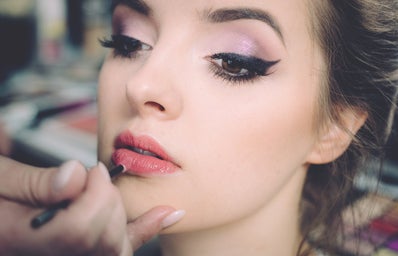Ever since I was a child, I’ve been insecure about my skin. There were tiny bumps all over my face, arms and legs, and I never knew what they were. I would avoid showing off my skin at all costs.
I would wear long sleeves in the sweltering Florida heat and never put my hair up in a ponytail in fear of showing my face. For years, I was afraid of wearing anything that would show off my skin.
I never knew what my skin condition was until I got older. I went to the dermatologist and was told I had keratosis pilaris. After years of not knowing what I had or how to treat it, I was relieved, but also frustrated that I had a skin condition that changed my appearance.
As a pre-teen, I scoured the internet trying to find every way possible to get rid of the bumps on my skin. I was frustrated that I would never have smooth skin. It did not help that I was an impressionable 13-year-old that wanted to look like all of the models I saw in the media.
According to Mayo Clininc, keratosis pilaris is a harmless, painless skin condition. Keratosis pilaris, or KP, shows up on the skin as tiny bumps. The tiny bumps can be mistaken for goosebumps or pimples. The bumps are caused by a buildup of keratin, a protein found in skin, hair and nails. It protects your skin from infections and acts as an overall protective barrier.
The buildup of keratin blocks the opening of the hair follicles on the skin and creates the bump that is characteristic of keratosis pilaris. There is no known cure for keratosis pilaris, but the appearance of it can be lessened. KP is a genetic disorder, so it’s not contagious. The skin condition affects 50 to 80 percent of adolescents and 40 percent of adults.
Most people who have keratosis pilaris don’t even know they have it because it’s harmless and painless. Though there is no curing treatment for it, moisturizing can help minimize the bumps.
KP is similar to eczema in that dry skin makes the bumps more noticeable; the appearance tends to worsen and become more noticeable in the winter when the weather is drier. Personally, I loved the winter when I was younger because I had an excuse to wear long sleeves and cover up my skin.
When I was younger, I thought that keratosis pilaris was the end of my life. As I have grown older, I have come to realize that keratosis pilaris does not define who I am. It is a part of who I am, but I am no less of a person because of my skin condition.
There is even a skincare line that eases the appearance of keratosis pilaris, and it can be found in stores like Ulta Beauty and Sephora. It’s called DERMAdoctor KP Duty, and it has products like body scrubs and lotions.
Though it’s expensive, this skincare line has been effective in helping lessen my red bumps. Alternatively, using coconut oil and other deep moisturizers in conjunction with exfoliation can also lessen the appearance of keratosis pilaris. Even though keratosis pilaris can be an insecurity, there are things out there that can help.


